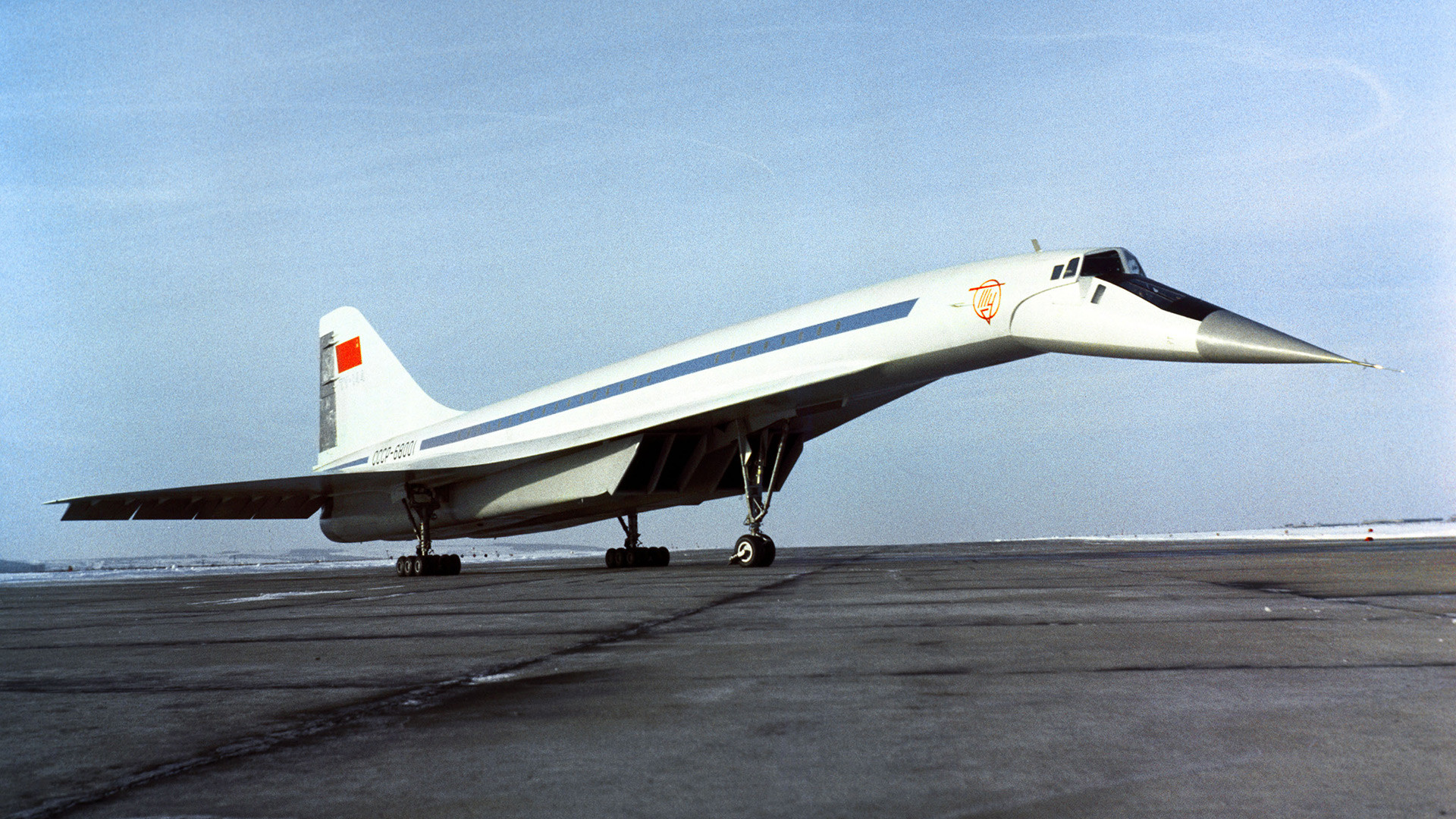
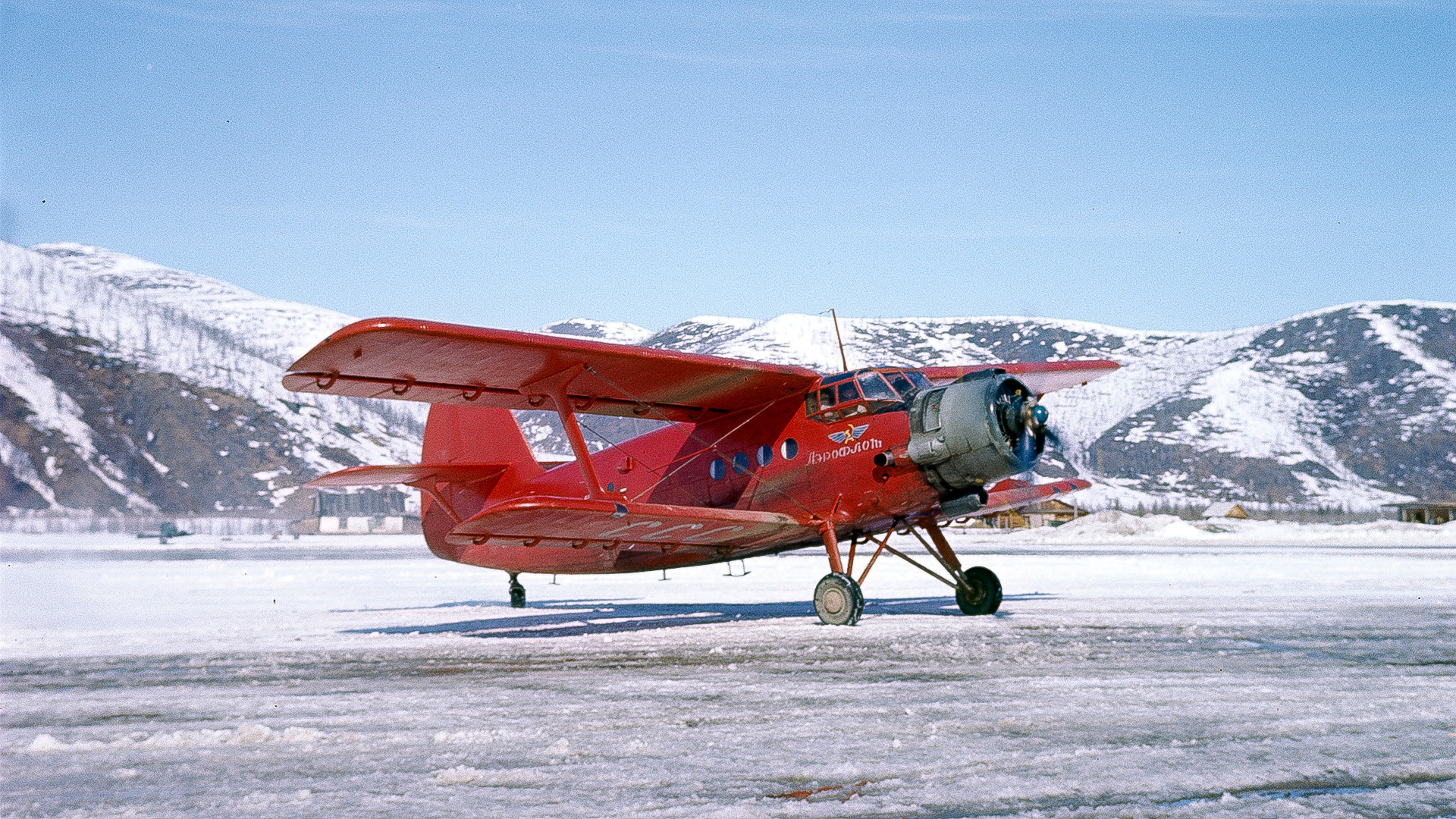
A true veteran, the An-2 single-engine biplane has been produced since 1947, and China is still producing it today. The An-2 is actively used in agriculture, air sports
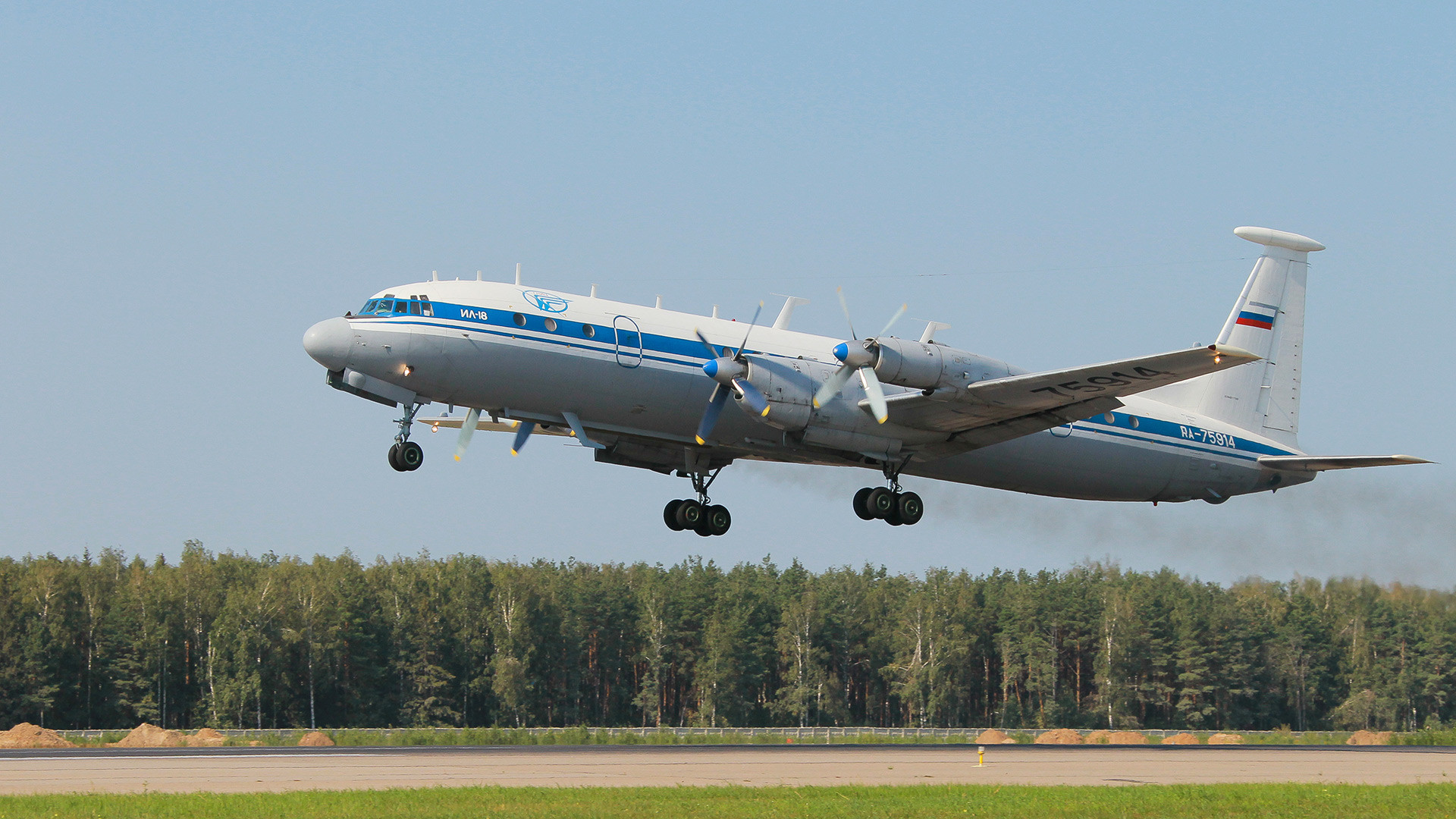
A veteran of Soviet and Russian civil aviation, the Il-18 had been in use as a passenger aircraft for over 40 years, and still serves the military. Reliable and easy to handle, it was much loved by pilots. Passengers

The Il-62 was the Soviet Union's first long-range jetliner designed for intercontinental flights. It was the world’s largest passenger
Nowadays, most Il-62 operators around the world have ceased to use it for commercial passenger transportation. However, North Korea still uses these planes, and one of them serves as the equivalent of Air Force One for the country’s leader Kim Jong-un.
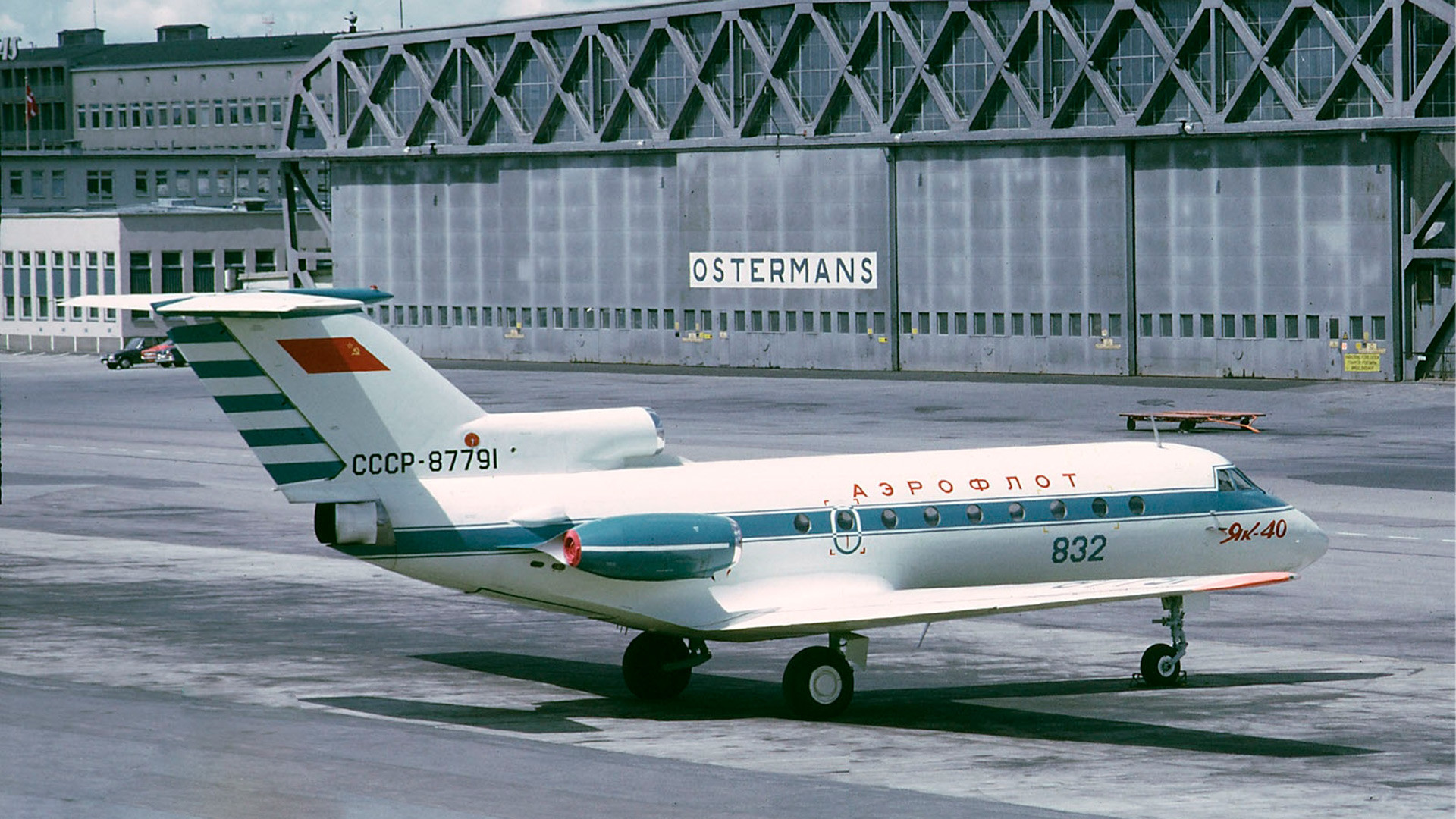
Designed in the early 1960s, the Yak-40 became the Soviet Union’s and the world’s first turbojet airliner for local airlines. It had no luggage section, so all luggage was delivered during landing and kept in a special vestibule.
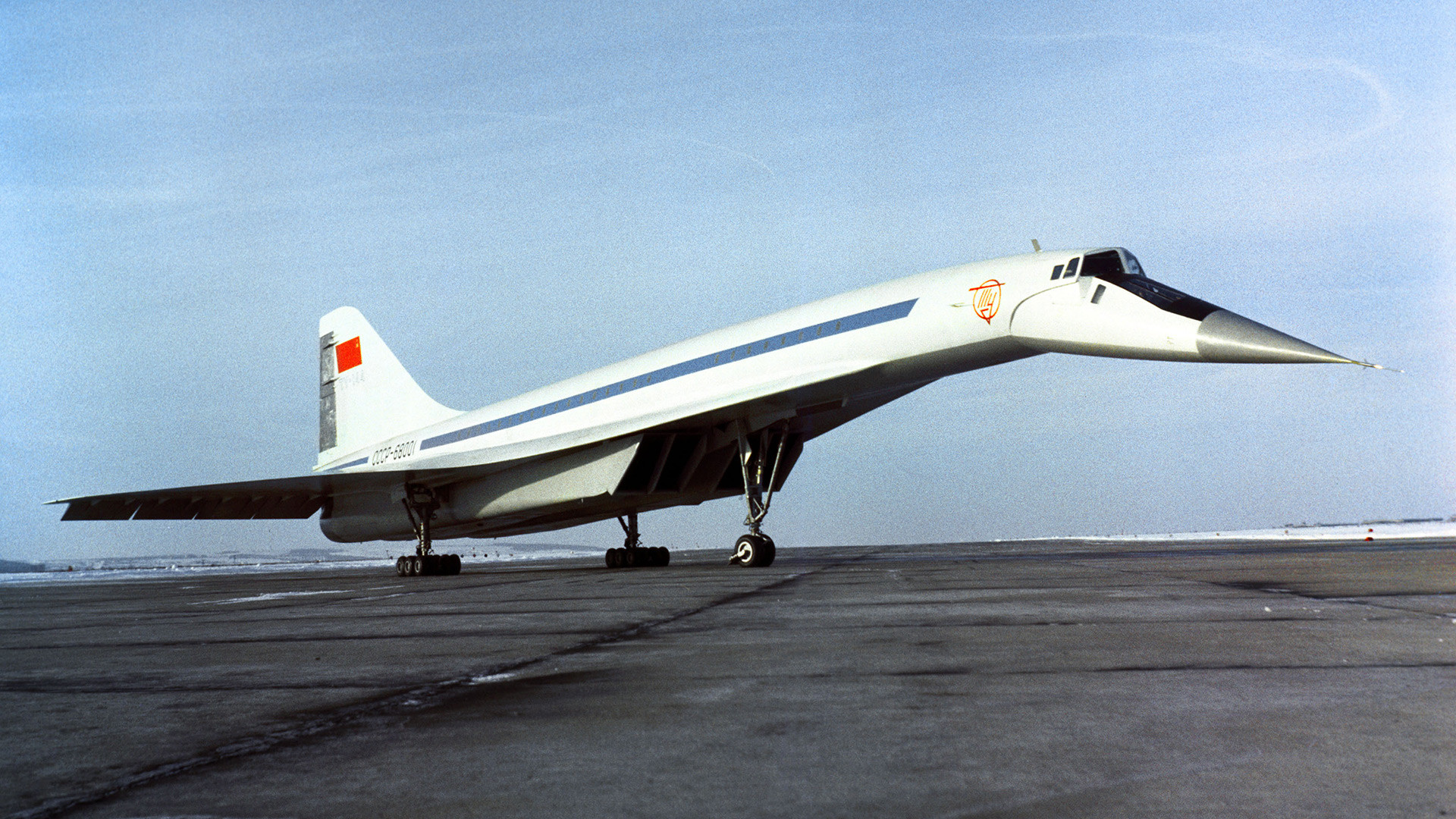
Along with Concorde, the Tu-144 was one of the two supersonic transport aircraft put into service. It made its first flight on Dec. 31, 1968, a month earlier than its European counterpart.
Due to its high cost and unreliability, the Tu-144 was abandoned. However, the plane was used by NASA for supersonic research purposes. The Americans preferred the Soviet plane over the European
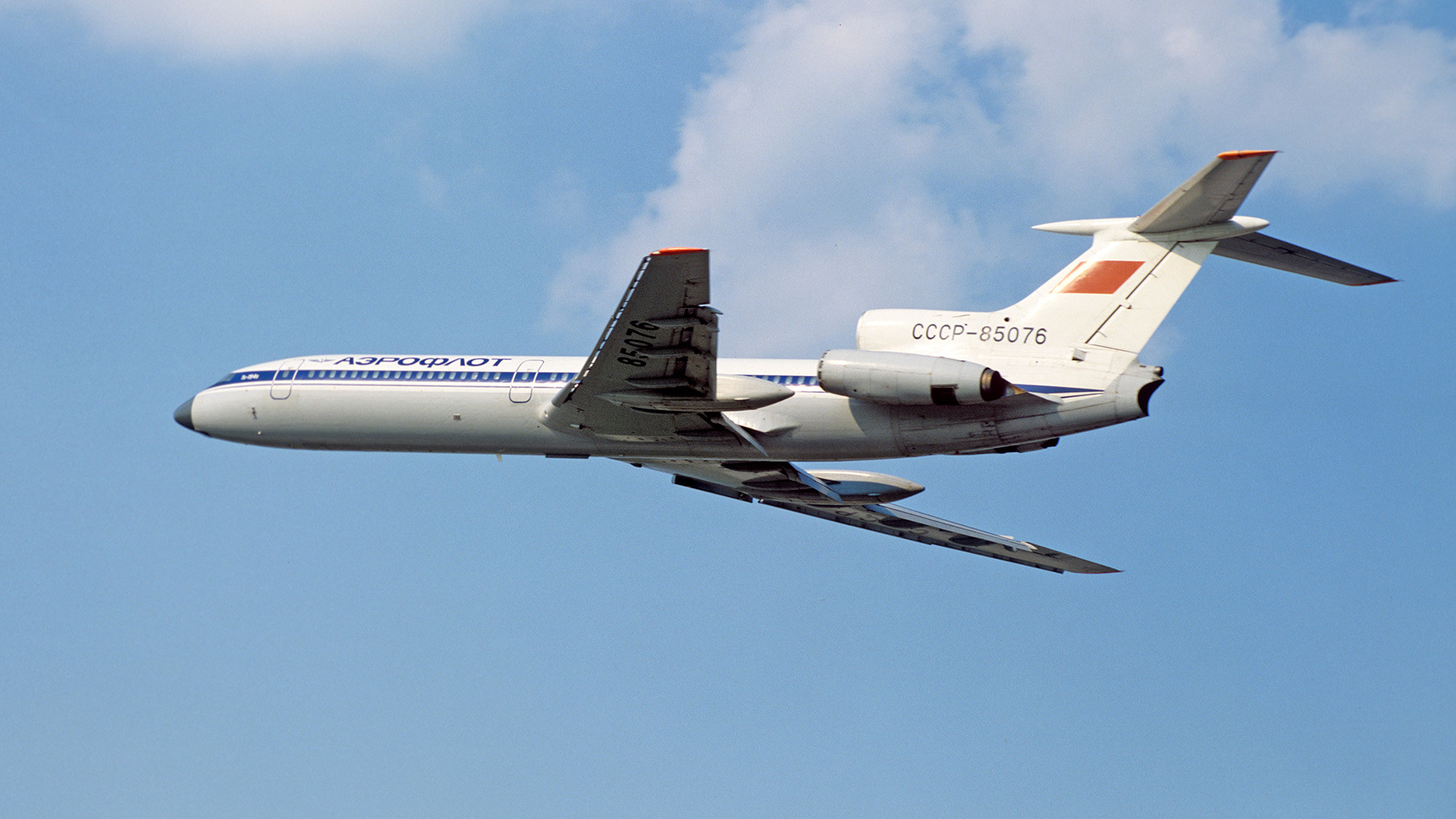
With 1,026 units, the Tu-154 is the most mass-produced Soviet airliner. With a speed of 850 km/h, it was one of the fastest in the Soviet Union. Today, only one Tu-154 is used for passenger traffic (by ALROSA Airlines in Siberia), while 18 aircraft are used by the military.
Unfortunately, the Tu-154 was involved in some of the worst aviation tragedies.1985 witnessed the largest air crash in the history of the Soviet aviation: a Tu-154 crashed with 200 passengers onboard in Uzbekistan. And in 2010, a Polish Tu-154 carrying the country’s leadership, including President Lech Kaczyński, crashed near Smolensk.

With 106 units, the Il-86 was the most mass-produced wide-body jet airliner in the USSR. The “Soviet airbus” could contain 350 passengers. Plans to modernize the IL-86 to boost capacity to 450 seats never saw the light of day.

The IL-96, or more specifically its modification Il-96-300PU, serves today as the Russian equivalent of Air Force One. It is equipped with a dining room, showers, restrooms for VIP guests, and even a sports gym.

The Sukhoi Superjet 100 was the first passenger airliner designed in Russia after the Soviet fall. The main operator today, after Russia, is the Mexican airline Interjet with 22 aircraft.
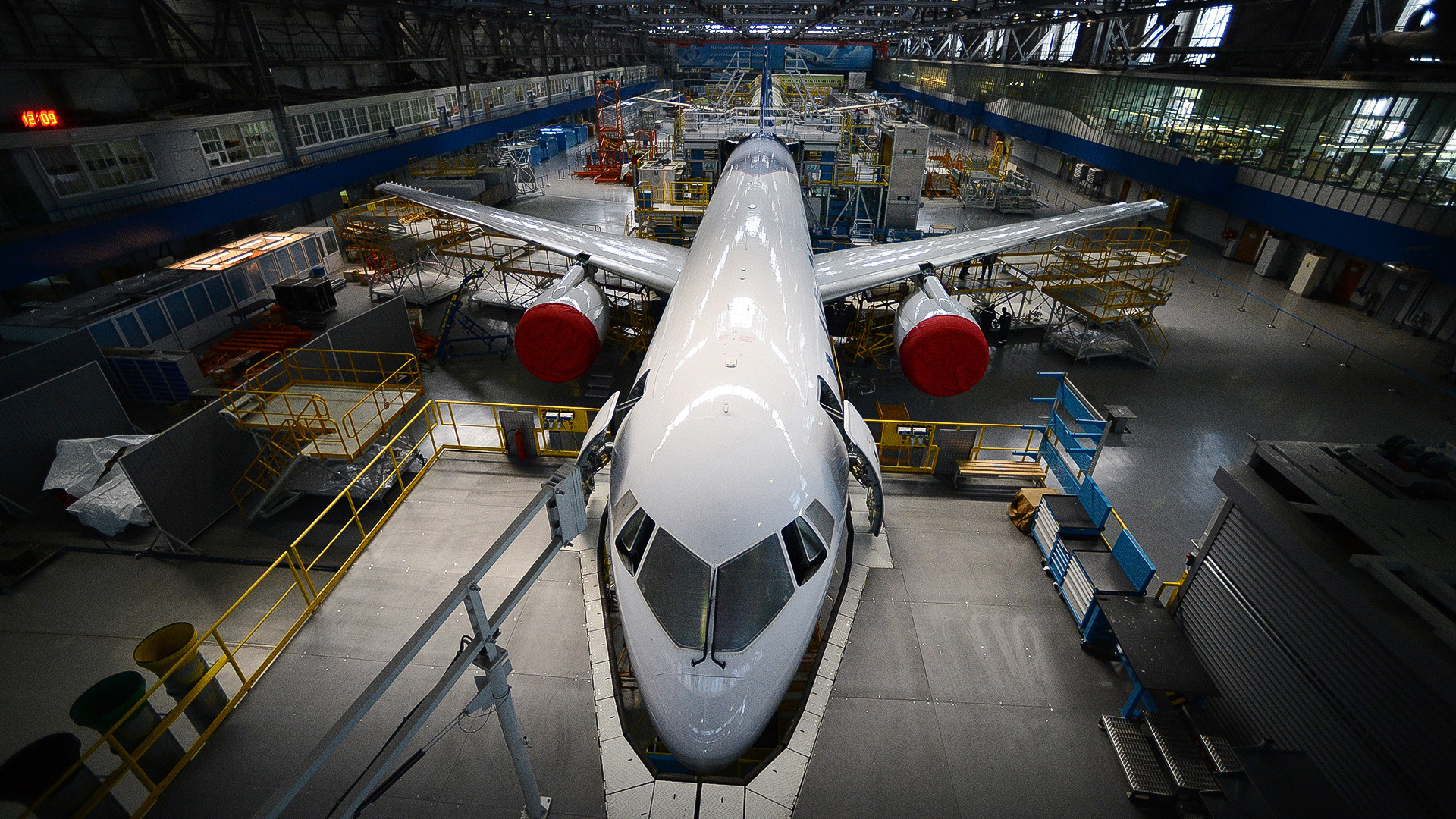
This, Russia’s freshest airliner, made its first flight in 2017, and mass production will be launched this year. According to its creators, the Irkut MC-21 is able to compete with modern narrow-body Airbuses and Boeings.
If using any of Russia Beyond's content, partly or in full, always provide an active hyperlink to the original material.
Subscribe
to our newsletter!
Get the week's best stories straight to your inbox